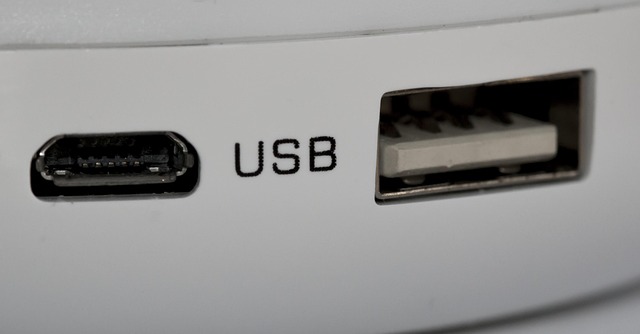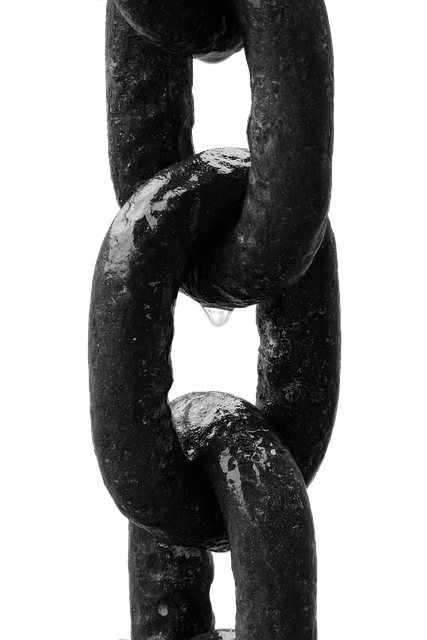Internal linking is a powerful SEO strategy that enhances website visibility and user experience by creating relevant page connections within the same domain. It signals search engines like Google about page importance, aids in navigation, and boosts rankings through descriptive anchor text. Identifying key pages, optimizing anchor text, and using tools to measure performance are vital steps in an effective SEO internal links strategy. This approach improves user engagement, site authority, and search engine indexing, ultimately driving organic traffic.
Discover the power of SEO internal links and transform your website’s performance! This beginner-friendly guide unravels the essence of internal linking, a strategic approach to enhance user experience and search engine optimization. Learn why internal links are vital for driving traffic, improving crawlability, and boosting your site’s authority. Explore practical steps from concept to implementation, including identifying key pages, crafting compelling anchor text, and utilizing effective tools.
- Understanding SEO Internal Links: The Basic Concept
- Why Internal Linking is Crucial for Your Website's Success
- Identifying Key Pages for Internal Linking Strategy
- Creating Effective Internal Link Anchor Text
- Implementing Internal Links: Tools and Best Practices
- Measuring and Optimizing Your Internal Linking Performance
Understanding SEO Internal Links: The Basic Concept

Internal linking is a fundamental aspect of Search Engine Optimization (SEO), playing a pivotal role in enhancing your website’s visibility and user experience. At its core, an SEO internal link is a hyperlink from one page on your site to another relevant page within the same domain. This strategy isn’t just about improving navigation; it also sends powerful signals to search engines like Google, indicating the importance of specific pages and helping them understand your site’s structure and content hierarchy.
When implementing SEO internal links, consider using anchor text that accurately represents the linked page’s content, creating a natural flow of relevance throughout your site. This practice not only aids search engine crawlers in navigating your website but also guides users to find relevant information quickly. A well-planned internal linking strategy, combined with effective SEO internal links tips and tutorials, can significantly boost your site’s rankings in search results, making it an essential component of any digital marketing strategy.
Why Internal Linking is Crucial for Your Website's Success

Internal linking plays a pivotal role in enhancing your website’s visibility and performance, making it an indispensable strategy for any online presence. By creating a network of interconnected pages, you guide users through your site, improving their experience and encouraging them to explore more content. This user engagement is a significant factor in boosting your site’s authority and ranking on search engines, particularly when implementing SEO internal links tutorial strategies effectively.
Moreover, SEO internal links optimization allows search engine crawlers to understand the hierarchy and relevance of your pages, leading to better indexing and increased organic traffic. It acts as a roadmap for these crawlers, ensuring they can access all valuable content on your site. This is particularly crucial in today’s digital landscape where effective SEO internal links can set your website apart, making it a go-to resource for your target audience.
Identifying Key Pages for Internal Linking Strategy

When crafting an effective internal linking strategy, identifying key pages is a vital first step. These key pages are often your most valuable and high-ranking assets on the website – think comprehensive guides, product pages, or blog posts that attract significant traffic. They serve as the backbone of your SEO internal links tutorial, providing both context and value to users and search engines alike. To uncover these key pages, analyze site performance data, user behavior patterns, and keyword research. Look for content that consistently ranks well in search engine results and generates substantial engagement.
Focus on pages with a high potential for user interaction, such as those offering detailed solutions, insightful analysis, or captivating narratives. These pages act as natural hubs within your website’s architecture, facilitating the SEO internal links optimization process. By strategically placing internal links to these key pages, you can enhance their authority and relevance, thereby strengthening the overall SEO internal links SEO efforts for your entire site.
Creating Effective Internal Link Anchor Text

When crafting internal link anchor text, the goal is to create concise and descriptive links that provide context to both users and search engines. Each internal link should act as a mini-sitemap, guiding visitors towards relevant content while enhancing the SEO internal links strategy. Use keywords naturally in your anchor text, reflecting the topic of the linked page. For example, instead of “click here,” opt for something like “learn more about SEO optimization techniques.” This approach not only improves user experience but also helps search engines understand the connection between pages, contributing to effective SEO internal links optimization.
A well-thought-out anchor text strategy ensures your internal links are beneficial both internally and externally. It aids in spreading link equity across your site, allowing each page to contribute to the overall authority of your domain. Additionally, it encourages users to explore more content on your site, reducing bounce rates and increasing engagement, which are key factors in a successful SEO internal links strategy.
Implementing Internal Links: Tools and Best Practices

Implementing effective SEO internal links is crucial for guiding users and search engine crawlers through your website’s content ecosystem. A well-structured strategy ensures that relevant pages are interconnected, enhancing both user experience and page authority. To begin, identify key topics and create anchor text that accurately represents the linked page’s content, making each link a meaningful navigation tool.
For beginners, various tools can simplify this process. Many Content Management Systems (CMS) like WordPress offer plugins designed for internal linking, allowing you to easily insert links within your content. These tools often provide visual representations of your website’s structure, helping you identify areas where strategic links can improve user engagement and SEO. Remember, a robust SEO internal links strategy involves regular review and optimization, ensuring your site remains a valuable resource for both users and search engines.
Measuring and Optimizing Your Internal Linking Performance

Measuring your internal linking performance is a crucial step to understanding what’s working and where improvements can be made. Utilize SEO tools like Google Search Console and Ahrefs to track click-through rates (CTRs) from internal links, as well as time spent on page and bounce rates for linked pages. These metrics will help you identify high-performing links that are driving engagement and low-performing ones that might need optimization.
To optimize your SEO internal links strategy, focus on creating anchor text that is descriptive and relevant to the linked content. Ensure a balanced distribution of link equity across your site by regularly reviewing your sitemaps and disavowing any low-quality or spammy links. Additionally, leveraging SEO internal links tips like contextual placement, strategic keyword targeting, and interlinking related content can significantly improve your site’s overall search engine visibility and user experience.
